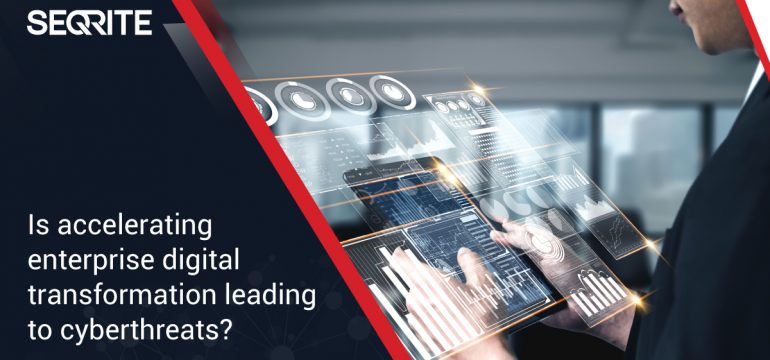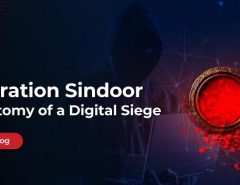Without a doubt, 2020 will go down in history as a year which changed the course of humanity. While the jury is still out on whether this change has been good or bad, it cannot be denied that the COVID-19 pandemic has transformed businesses and entire industries at an unprecedented pace.
The change happened because there was no other choice — with governments across the world shutting down entire countries and exhorting citizens to stay at home, the world was forced to find digital alternatives for everyday functions. As a result, entire workforces and jobs moved online. There were many challenges, but the greatest takeaway of this transformation is that the world has finally embraced the power of digital transformation.
Many enterprises having seen the power of digital will never go back to the “old way” of doing things and will embrace the “new normal”. But digital transformation comes with its own set of risks, chief among them being that of cybersecurity. Especially at times like these when enterprises have been compelled to rapidly move their operations on the digital highway, it is likely that these risks have been overlooked by other concerns related to maintaining business continuity.
Here’s a quick look into some sectors which have gone digital and the intrinsic cybersecurity risks they face.
Work From Home (WFH) & its inherent data breach dangers
The single biggest transformation in the new normal has been the large scale implementation of work from home. Faced with the prospect of lockdowns and shutdown of office spaces, organizations, both from the IT & ITES sector and outside, were forced to ask all their employees to work from home.
While most organizations deserve a pat on the back for managing to implement such a major overhaul at short notice, the worry is that the cybersecurity aspect of it remains a threat. Specifically, employees working from home can open up companies to data breach risks for which they will remain responsible. Whether it’s because of deployment shortfalls or employees using their own devices for work purposes without taking the required cybersecurity safeguards, this is a digital transformation that is encouraging but also needs to be properly secured.
Attack channels used to target manufacturing companies
The manufacturing industry has been sharply hit by the pandemic. Dependent on infrastructure and labour, it is an industry that has found it difficult to adjust to the new norms of the situation and has consequently been substantially affected.
Entire supply chains in this sector have had to shift to working remotely, leaving gaps in its security apparatus which threat actors are only too keen to take advantage of. There is also an issue of cybersecurity awareness – a large portion of the manufacturing workforce does not have high cybersecurity awareness but has had to make the shift to remote working.
The ‘new normal’ in education
By far, the education sector has seen a complete overhaul with students and teachers having to make pace with e-learning. Yet, that has its own pitfalls – in April, the US’ Federal Bureau of Investigation warned that the incorporation of educational technology could have privacy and safety implications if students’ online activity were not monitored.
From ransomware, compliance issues to data breaches, there is a multitude of threats that plague the education sector in their pivot towards digital transformation. As a sector that deals with the data of young subjects, it is extremely important for strong cybersecurity safeguards to be put in place.
Make Seqrite your cybersecurity partner to traverse your digital transformation journey. Our range of top-ranked and powerful solutions provides peace of mind for your enterprise to make the required changes to adapt to the new normal.




